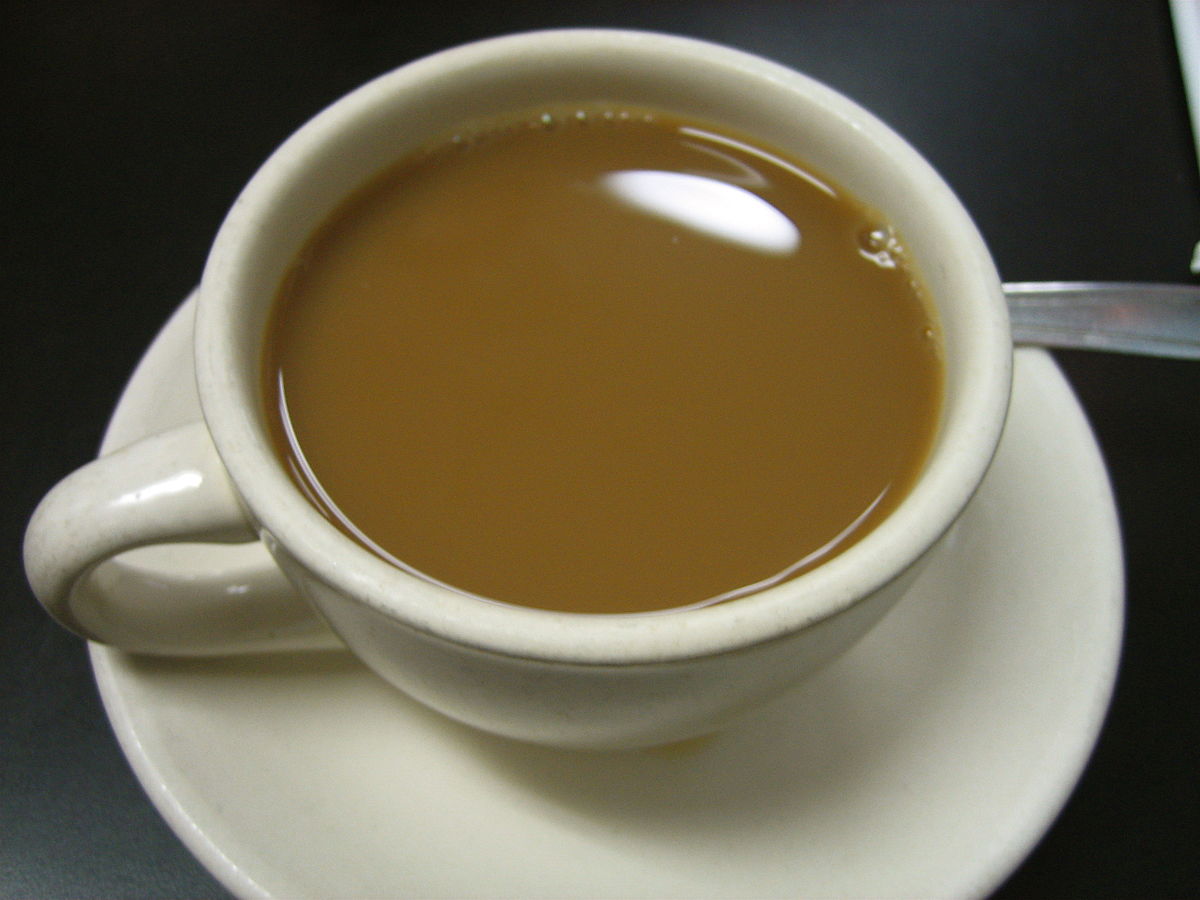
Espresso is the basis for the majority of the coffee and milk based beverages on the menu. The product costs are around 15 cents to make a shot of espresso, and about 35-40 cents to make a cappuccino, latte or mocha ? Naturally, devices, location and staffing add a lot to the expense, but the low consumable expenses vs. high market prices are among the primary reasons lots of coffee shops are springing up in towns throughout America.
Follow the link for the full article learn about espresso.
This guide offers the practical information needed for you to choose the ideal espresso equipment for your house, office, or business. Without a firm understanding of the various espresso makers, the choice procedure might be complicated and rather overwhelming simply due to the truth there are many designs to select from. This guide is not very brief, but investing the time to read it will greatly boost your buying experience.
Espresso is merely another technique by which coffee is brewed. There are many different methods of brewing coffee that include using a range leading coffee machine, percolator, French press (or coffee press), vacuum pot and others. Espresso is brewed in its own special way.
Espresso is a drink that is produced by pushing hot water, between 192F and 204F, at high pressures, through a bed of finely ground, compacted coffee. The shot is brewed for roughly 25 to 30 seconds, and the very same time applies to both a single or double shot (double baskets are bigger, with more screen area, and the coffee flows quicker - single baskets restrict the circulation more, leading to 1.5 ounces in 25-30 seconds).
An espresso machine brews coffee pushing pressurized water near boiling point through a "compacted disk" of coffee grounds and a filter in order to yield a viscous, concentrated coffee called espresso. The first device for making espresso was built and patented in 1884 by Angelo Moriondo of Turin, Italy.
The resulting drink, either a single or a double, is topped with a dark golden cream, called crema when brewed properly. Crema is one of the visual indicators of a quality shot of espresso. Drinking an espresso remains in itself an art type of sorts. In Italy, where most true espresso is bought in a cafe, it is traditional to raise cup and saucer, smell the shot, and consume it in 3 or 4 quick gulps. You complete the "ceremony" by clacking the cup back on the dish in a firm however not-too-hard manner.
Espresso is confusing because typically, it isn't prepared properly. Real espresso, brewed with a pump or piston driven espresso device is very demanding on the poor coffee bean grinds. However prior to we enter the relative 'abuse' that ground coffee is executed to produce an exceptional espresso, let us take a step back and go over a bit more the misconceptions about the drink.
Espresso is not a type of bean: This is a typical misunderstanding, and unreliable marketing by coffee chains, grocery stores, and even word of mouth offer the impression that espresso is a kind of bean. Any coffee bean can be utilized for espresso, from the most typical Brazils to the most unique Konas and Ethiopian Harar coffees.
Espresso is not a type of coffee beans blend: This one is also a common misunderstanding, but with some fact to the claim in that there are specific blends designed for espresso. The problem is, many individuals think there is only one kind of blend that is suited for espresso. Numerous high quality micro roasters would disagree with this - Roaster Craftsmen the world over work vigilantly on their own version of "the ideal espresso blend".
Espresso is not a Roast Type: Another popular mistaken belief is that espresso can only be roasted one method (and normally the thought is that espresso should be super dark and glowing with oils). The Northern Italian method of roasting for espresso is producing a medium roast, or more typically understood as a "Full City" roast if you like on the west coast of the U.S.A..
Espresso is the basis for most of the coffee and milk based beverages on the menu. Espresso is a drink that is produced by pressing hot water, between 192F and 204F, at high pressures, through a bed of finely ground, compressed coffee. Real espresso, brewed with a pump or piston driven espresso machine is very demanding on the poor coffee bean grinds. Espresso is not a type of blend: This one is also a typical mistaken belief, however with some reality to the claim in that there are particular blends developed for espresso. Espresso is not a Roast Type: Another popular mistaken belief is that espresso can just be roasted one way (and generally the idea is that espresso must be very dark and glowing with oils).
The full how to, and more espresso preparation information at Coffee-Brewing-Methods.com